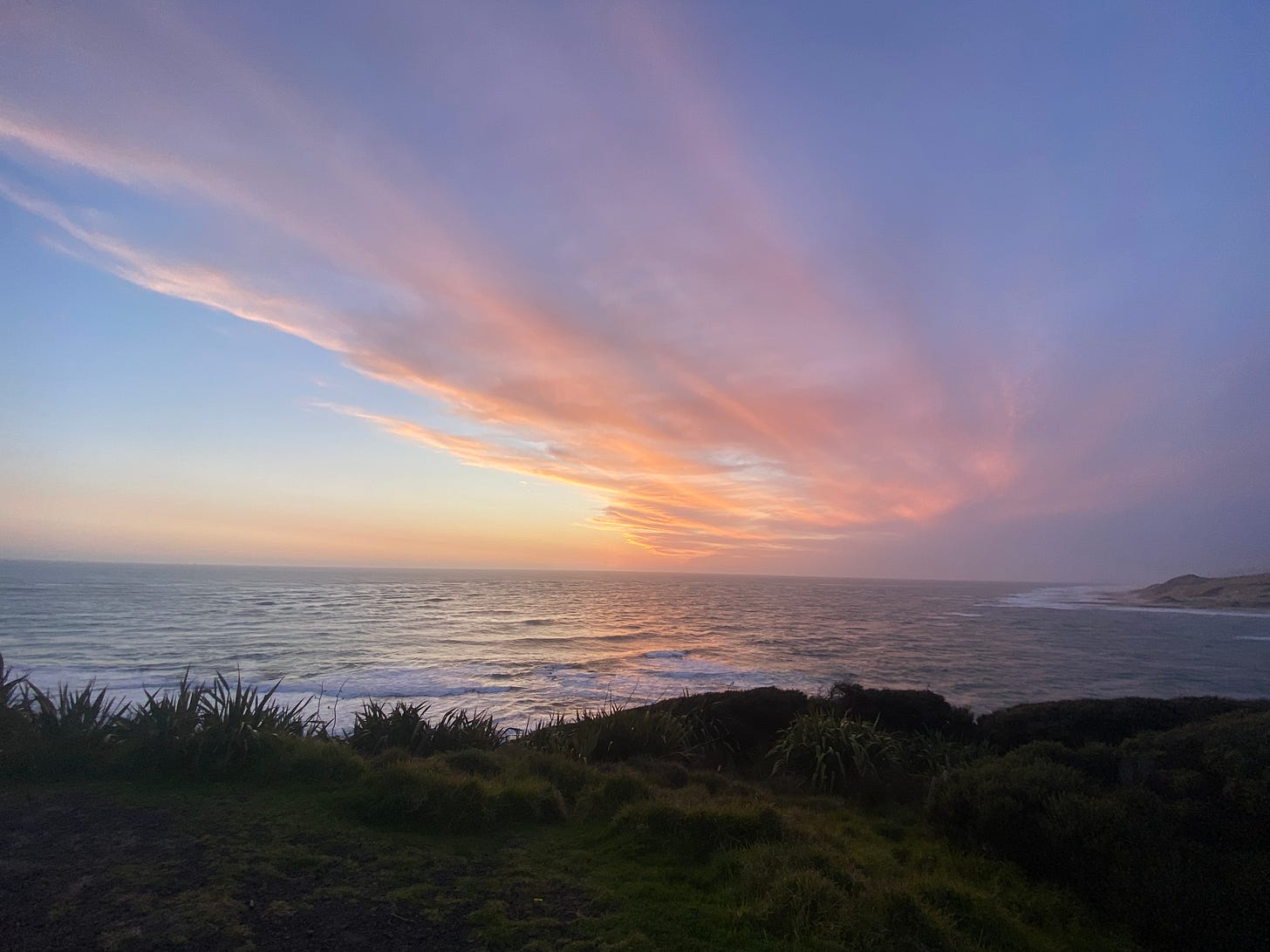My favorite piece of contemporary art is Ragnar Kjartansson's The Visitors. I experienced the piece at least five times when it was on display at the Boston ICA in 2021 and was saddened when it left. Luckily, thanks to my artistically inclined friend Hannah, I was able to see the piece at the SFMOMA in early August. Ripping a page out of her notebook, Hannah invited me to take notes on the 65-minute piece, and I'm so glad I did. If you're in San Francisco (I believe the piece is on until January), you should go. I don't consider myself a fan of contemporary art whatsoever, but to me The Visitors feels and is different.

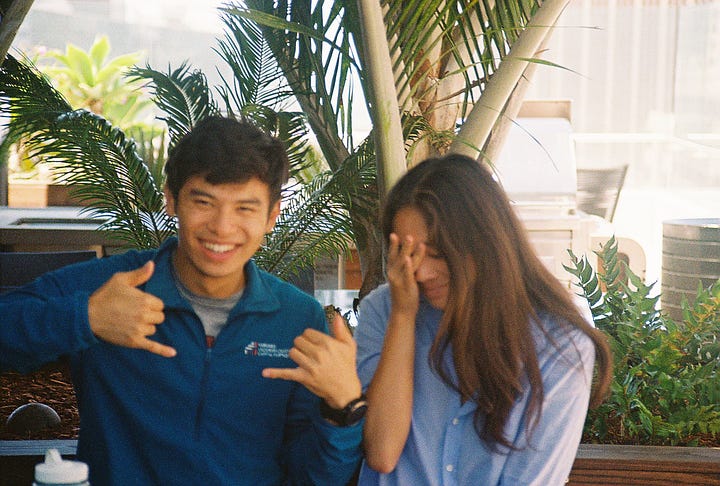
I won't share all my notes here so as to avoid any spoilers, but let me know if you're interested in seeing them. Instead, I'll focus on how Kjartansson explores impermanence: the artists are visitors and the performance is temporary. Each and every time after seeing The Visitors, I feel like I've just left a live concert from my favorite artist. What makes performance art so special is the feeling of impermanence; of something beyond sound amplification and crowds and the synchronicity of everyone shouting out the words at the same time. Something philosophers, psychologists, or Ted Chiang might call the gestalt. The Visitors is the only piece of art in a museum I’ve experienced that shared this effect of impermanence. I guess hedonistic adaptation tells us we remember things fondly in some part because they are impermanent, and the same goes for Kjartansson's masterpiece.
This idea of impermanence, of visiting and not staying, reminded me of my own status as a visitor. It's different from being a tourist, as Beatrice explains so well, yet there is still a deep-seated, minor-feelings-esque sense that I don't belong. I guess it's probably the accent (I've been asked "USA or Canada?" so many times that I'm tempted to say the latter, a surefire way of avoiding any and all questions about the 2024 United States Presidential Election).
“A last child was a last opportunity to learn from one's mistakes and make corrections, and [Alfred] resolved to seize this opportunity... what make correction possible also doomed it.” — Jonathan Franzen, The Corrections
In August, I finished Jonathan Franzen's The Corrections. Avery had raved about the novel during our strenuous December ascent of Mt. Tecumseh, and I finally got around to reading it this summer. Franzen is a somewhat controversial author, and The Corrections is no different: upon receiving a coveted spot on Oprah's book list, Franzen declined the invitation to appear and made some rather harsh comments aimed at Oprah's viewership. However highbrow Franzen claims The Corrections to be, at its core the novel is a reflection of postmodern American life: Midwestern pride, clinical depression (Franzen wittily abbreviates this as Clinical D), familial guilt, or the incessant idea of correcting, through and in between generations.
It's this last idea — correcting — that I was particularly drawn to. This was probably because I finished the novel on the 15 hour flight from San Francisco to Sydney, sitting next to my grandmother, on the way to see my family there for the first time in 16 years. I had heard lots about this side of my family, albeit through tidbits; asides tossed around at dinner or an eavesdropping from a lengthy WeChat call (that is, when the words used were part of Newton Chinese Language School's 10-year curriculum that I am a proud graduate of). 爷爷 was the youngest of nine, 大伯 never graduated high school because of the cultural revolution, 姑姑 became a doctor despite having overslept her equivalent of the USMLE in China. And my father, the lone American in a family of naturalized Aussies, nicknamed 三蛋 for being the third (read: the youngest) and a lover of eggs.
It's hard for me to imagine what coal country China in the 1970s was like, and I think reading about it on Wikipedia can only tell you so much. I'm no sociologist, but I think I can reasonably say it was a harder life than Middlesex County in the 2000s. But hey, I might be wrong. Hence the thinking about corrections, and in particular what my generation represents.
It's 7am when we land in Sydney, and the first thing I see are palm trees. I push my grandmother's wheelchair through customs (she complains that I'm going too fast) and we meet my cousin and her husband. He drives an extra-elevated Nissan SUV, which he (and all Australians and Kiwis) colloquially refer to as a "truck" (a pickup truck is a "ute"). I wonder what the gas mileage is on the truck, but I'm too tired to convert miles per gallon to kilometers per liter, so I let it go. I mistakenly walk to the right side of the car before being redirected to the left-side passenger seat. Oops. We stop by Hungry Jacks (Australian Burger King), and I'm fairly surprised that the beef tastes far better than that in the States. Two hours later, we're at my uncle's house in Newcastle. A feast awaits: handmade dumplings, hot pot with Australian lamb, Chinese chives and eggs, even duck from Chinatown in Sydney. I am happy.
I spend the rest of the week sleeping, visiting, and not so much correcting. My cousin Joe shows me his Huawei phone and its ridiculously focused 100x zoom. He tells me it's free from monitoring by the American authorities, and I laugh before showing him my broken iPhone 11 camera. My cousin's husband takes me to the local park, where I pose with wombats and see my first kangaroo (and a plethora of native birds, dearest Rockefeller Committee). After seeing 50 patients, my exhausted aunt (that is, Dr. Zhao) shows me around her clinic and tells me I need to wear more sunscreen, because melanoma is a real disease. It's her 60th birthday that week, so we indulge in cake. I distribute the Harvard shirts and hats that my father had bought from the Coop as presents, sorting out sizes. I hit the windshield wipers at least four times when I mean to hit my turn signal, and I nearly turn onto the right lane. I casually ask about family history and receive a barrage of stories, some sounding more historically accurate than others.
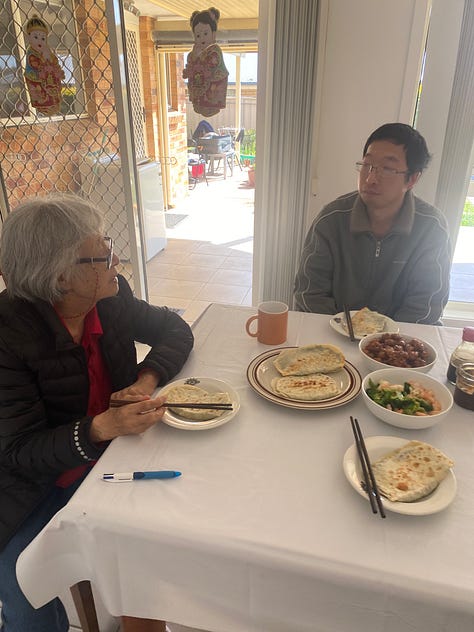
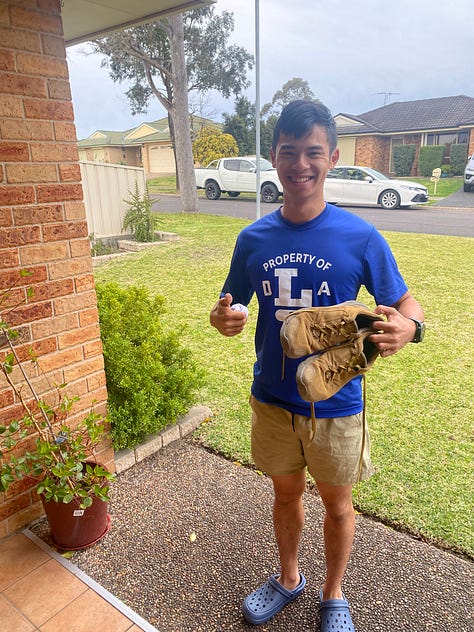
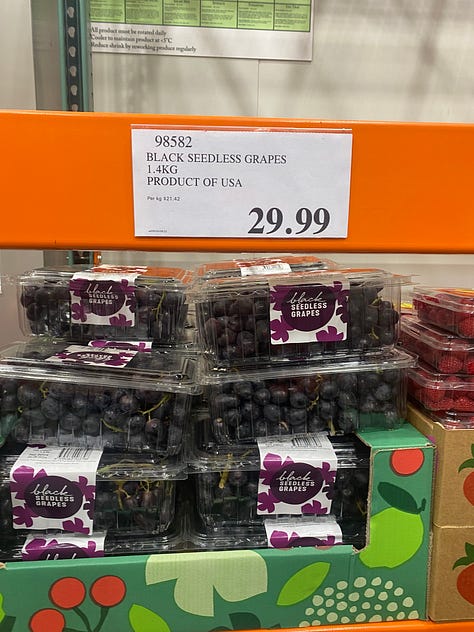
One week later, I head back to Sydney. The Bahn Mi is good but not great (though definitely better than the food trucks in Cambridge), but the Thai food is delicious. I run along the opera house and feel like a tourist in a mashup of SF and New York.
Auckland is large but boring. One-third of New Zealand's 5 million people live in the region, and it shows. Sprawl, apparently, is not limited to major American cities. To me, it had two saving graces: very good Asian food and a plethora of car dealerships to shop from. I find a car (a white 2018 Toyota Aqua) for a reasonable price, and on the first of September, I drive north.
Northland is known as the winterless North, because it doesn't snow. It did rain, however, and my REI Quarter Dome SL1 was put to the test my very first night out. High levels of precipitation generally make for stunning vistas, though, and I make it to a number of local hotspots on sunny days. Camping in general was made difficult by short days and long nights: as it was still winter, the sun set at 6pm and rose at 6:30. Without a ton of light, I slept and wrote a lot.
Initially, my plan was to alternate between tenting and Airbnb/hostel living, and I've generally followed that plan. Campgrounds can be incredibly lonely, though, and as of late I've enjoyed the company of other solo travelers in backpacking/hostel establishments or of locals in their Airbnb homes. The first of these locals I met were Ellen and Mike, a couple whose house in Paihia I stayed in. Ellen is a local elementary school teacher and Mike fixes boats. We talked at length about the state of the NZ economy, the tourism industry in the Bay of Islands, and the history and current relationship between the Māori and white New Zealanders. It was at Ellen and Mike's that I experienced kiwi hospitality for the first time: they went out of their way to give me dinner (flounder caught earlier that afternoon, which a particular client of Mike used to pay for his service), gear (snorkeling equipment), tidbits of advice, and (of course) unsolicited takes on the state of the world and NZ. Who knew that owning a grocery store could be one of the highest paying occupations in Aotearoa? If nothing else, that probably explained the $30 grapes.

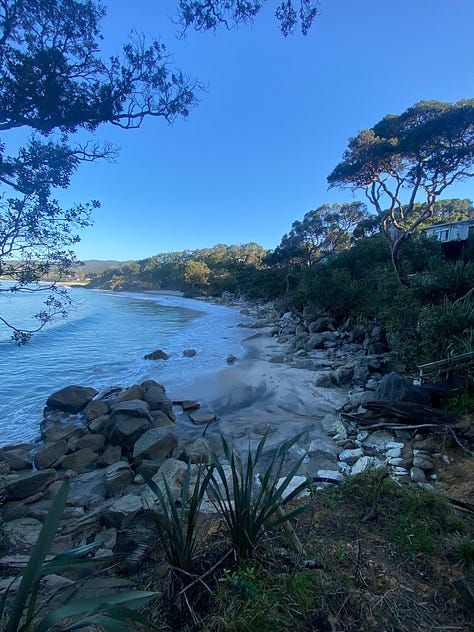

Leaving Ellen and Mike's, I had originally planned to hike two days on Urepukapuka Island off the coast of Paihia, but the ferry service cancelled, and thus began the first wrench in my nicely thought out 2-week plan. I drove a couple hours north to the Karikari Peninsula as originally intended. Maitai Bay was stunning as it was remote, and I pitched my tent in a large field of "campsites". I intended to stay 3 nights there, with the goal of not leaving the peninsula (thereby limiting my connectivity to the outside world). The third night, the rain and wind became particularly brutal, blowing off the stunning coastline and onto the campsite field. My tent pole re-snapped (it had snapped earlier on the JMT) and punctured the rainfly, allowing a constant stream of water to drip through the mesh and onto my frowning face. Having experienced rainy nights during many a FOP trip, I did not want to risk getting soaked through, so I packed up all my gear and fled for the car. After trying unsuccessfully to fit my sleeping pad in the backseat/trunk area, I begrudgingly sat down in the passenger seat and slept there. I was angry, tired, and above all, alone.
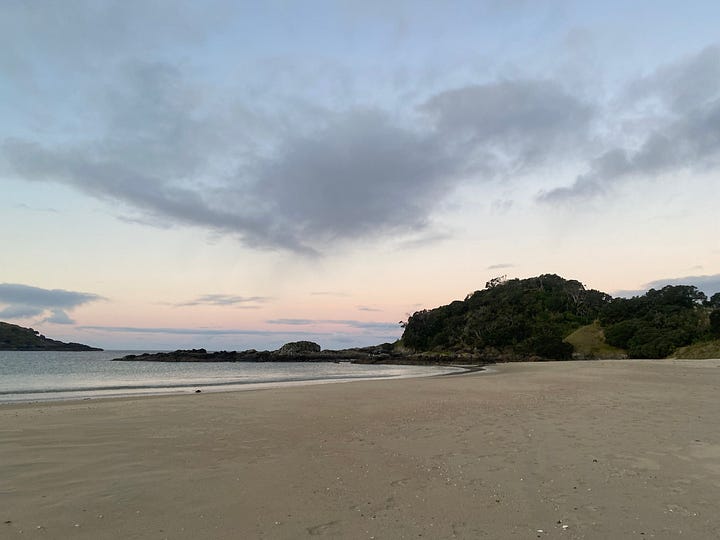
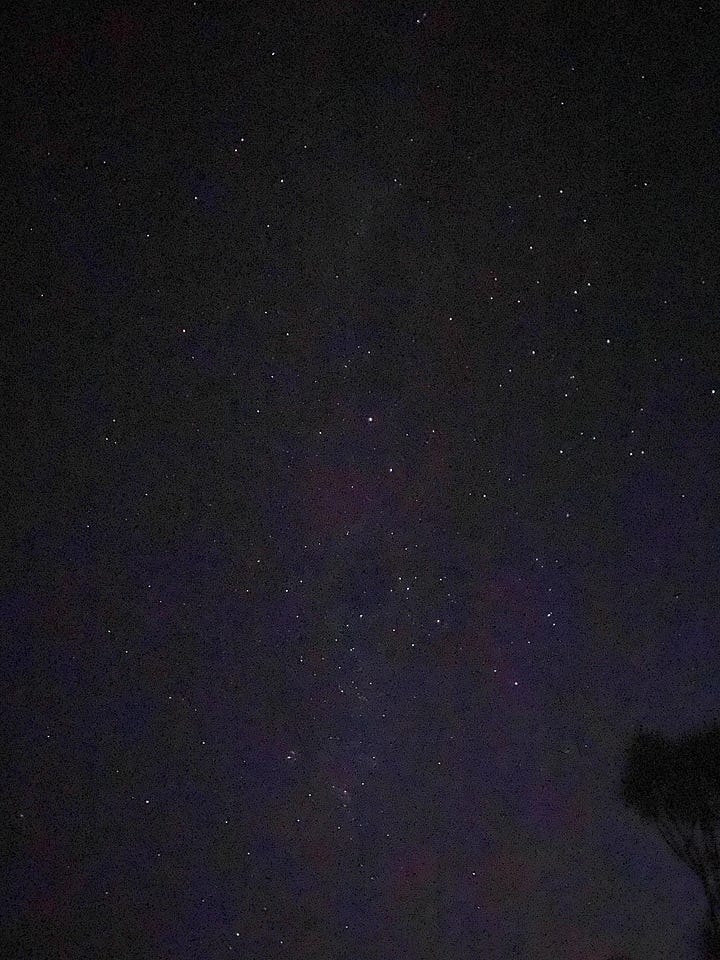
When morning came at long last, I headed early for Cape Reinga. The steak & kumara pie I had on the way was delicious, and I felt proud of myself for making it through a tough night. The Cape is the spiritual jumping off point to the afterlife in the Māori tradition, and it's effectively the Northernmost point in New Zealand.
I could understand this spirituality: the sun was just barely breaking through the clouds, and the view was ethereal. One 800-year pohutukawa tree in particular hangs off the side of a jagged cliff along the cape, and it was incredible to see such a tree still standing tall. Lucky to have the lighthouse to myself, I meditated there for 10 minutes. I started to hike a track down to the nearest beach, but turned around before making it due to a rather intimidating sign:


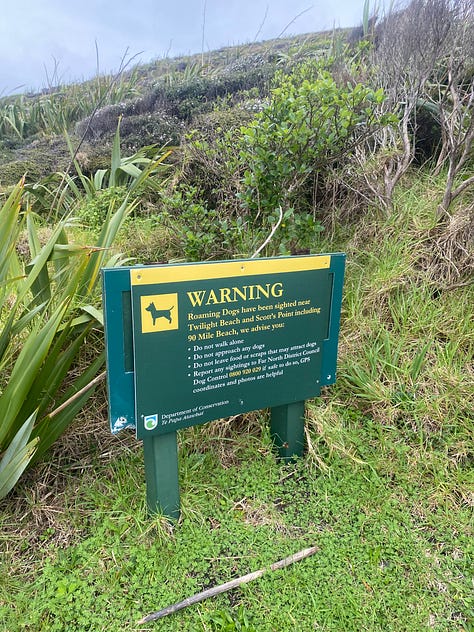
Driving south from the cape, I made a quick detour at the Giant Sand Dunes and headed to my next destination: Hokitinga Harbor and the Tree House backpacker's hostel. After a long drive down a remarkably questionable road (the first of many), I arrived at an empty hostel parking lot. Rhys, the owner, informed me that I was the only person there for the night, and so despite booking just a bunk in a room, I had the whole room to myself. The Tree House was off the beaten path as hostels go, it's not on the standard "1 month in NZ" itineraries, and so typically attracts cyclists traversing the region and weird solo traveling Americans. Initially planning to stay for just one night, I extended it to three. Rhys and I had lengthy conversations each night, discussing global politics, histories of the oppressed and colonization, the disparities in conservation efforts between the States and New Zealand, and most importantly, why in the world certain countries drive on the left and others on the right (like a good professor and unlike a good consultant, Rhys even emailed me follow up links to things he had referred to). Rhys' parents had opened the hostel decades ago, and he simply was continuing the tradition. He taught me my first words of Māori (I hadn't formally started learning yet) before we dove into a conversation on linguistic history and the timeline of Polynesian migration. I felt like I was in college again, having vaguely intellectual conversations at random, though at 9pm as opposed to 2:30am. A common theme in Northland (and all of New Zealand) is the restoration of native flora and fauna from the invasive introductions that thrive with no natural predators. Rhys walked me through his own conservation efforts on the Tree House's land, showing me the native bush plants he's been growing and preserving.


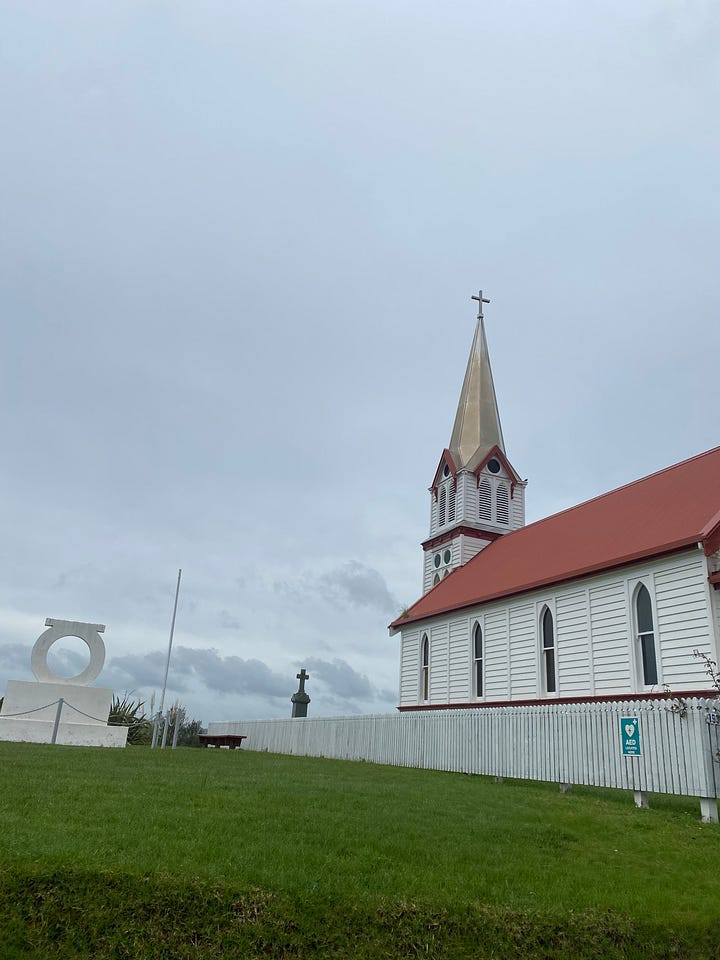
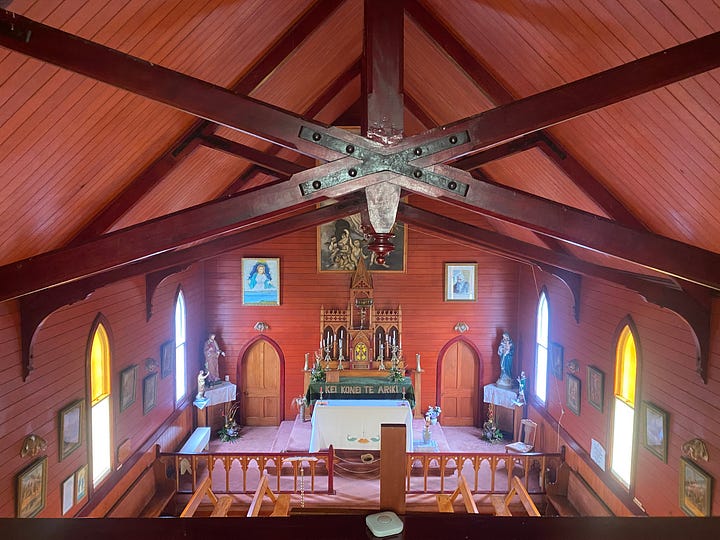
The Hokianga area is tiny, and it was remarkable to what extent everyone knew each other. I took the five-minute vehicle ferry to Rawene (avoiding a 2-hour drive) and sat on the bench outside the laundromat as I waited for my car to be inspected. Everyone knew Rhys by name, were delighted and quite surprised that I was visiting "all the way from the US" in the off-season, and gave me their "curated" list of recommendations that just so happened to overlap with everyone else's. The slow pace of life extended to the takeaways counter, where I waited 35 minutes for some fish n’ chips. I must've had at least seven fish n' chips in my 10 days in Northland — in many towns, it was the only item on the menu.
A lady at the laundromat invited me to work on her farm for lodging and food, and as tempting as that was, I figured I should stick to my two week plan. Rhys sent me off with three of his home-grown bananas, and after hopping on the car ferry one last time, I continued my journey south.
Near New Zealand's largest tree (and one that is spiritually symbolic to the Māori), Tane Mahuta, I met a lone bicyclist. He saw my Harvard shirt, introduced himself as Justin, and told me he got his PhD there. It turned out that Justin was a professor of education at MIT originally from Arlington! What a small world... I ended up giving him a ride to my next stop, Trounson Kauri Park. He told me his goal of cycling the entire length of New Zealand in a month. We spoke about technology, education, academia, and why this is what he chose to do on sabbatical. I felt right at home. I went searching for a kiwi in the park that night — they're notoriously hard to see in the wild — and while I heard a male call maybe ~7 feet in front of me, my headlamp "red" setting was broken and my white light scared him off. Oh well — next time, I guess. By morning, Justin was off, having woken up at 4:00am to call his kids and get as many hours of cycling daylight as possible.
It's occurred to me that I haven't shared what the views of the road were, so here are a few shots. There are something like 100x more cows, sheep, and horses in Northland than people, and at times, cows and sheep would be wandering on the side of the road.
On my way out of Northland, I stopped at the Kauri Museum, an enormous collection of objects, some having to do with the Kauri tree and others not at all (i.e. a collection of beer and spirit bottles from the early 1900s). I learned all about the history of manufacturing the Kauri tree (apparently houses as far as SF were built out of Kauri wood), and the extent to which entire forests were clear-cut and replaced with farmland. Hence the sheep, I guess. Nearly running out of gas (apparently I had “0 km” left), I made it to Auckland by nightfall.
Note: I seem to have written too much to fit into an email, so I will save the second half of my month for another post, coming soon.





